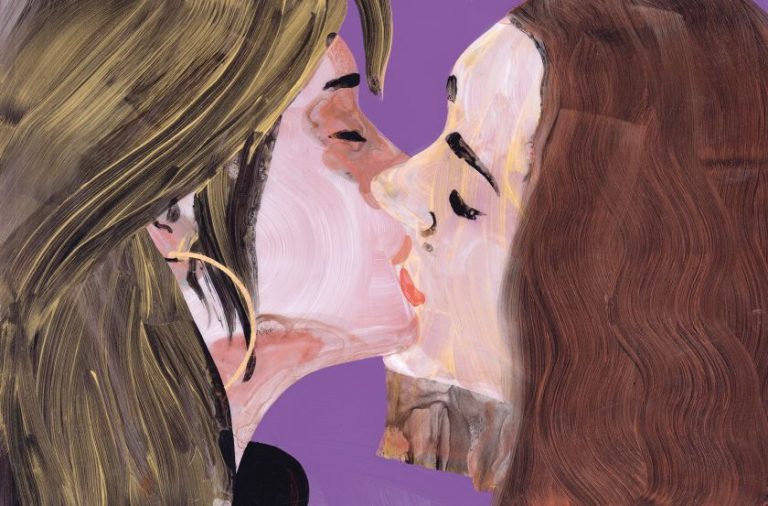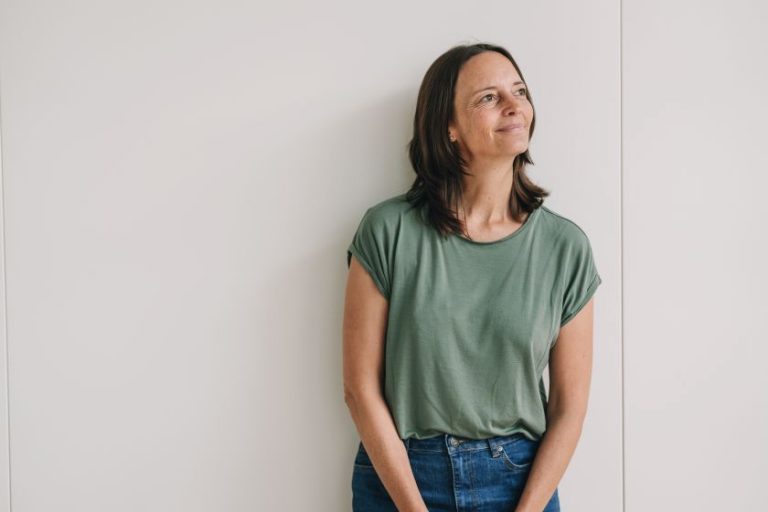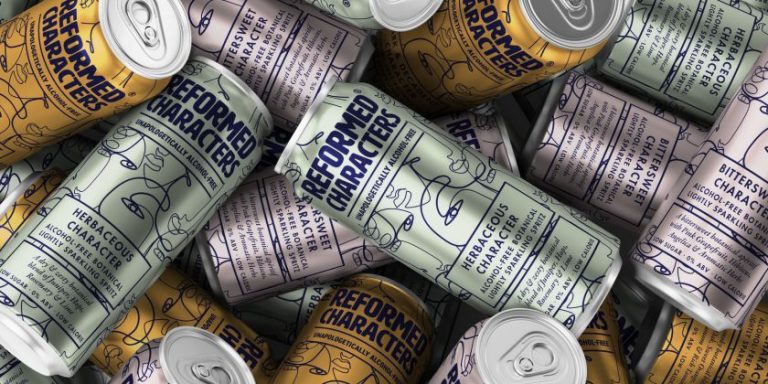From pandemic passion projects to illustrating for global brands, Kanioko’s genderless characters are bringing much-needed representation to the art world.
In a creative world hungry for original and diverse voices, Brazilian artist and illustrator Kanioko is making waves with quirky, genderless characters and vibrant colour palettes. This striking work is typically inspired by themes including personal childhood experiences, nostalgia, Brazilian culture, early Gen-Z kids’ backgrounds, Y2K aesthetics, and ’90s cartoons.
Rising to prominence in the pandemic, Kanioko has quickly become a sought-after talent, winning high-profile clients such as Bloomberg, Nike, The New York Times, and Meta. We chatted about the importance of authenticity, diverse cultural influences, and the power of illustration to tell inclusive stories.
Embracing identity through art
At the heart of these striking illustrations lies a deep and authentic exploration of personal identity. “I think my experience as a queer and Latinx person influences my style a lot,” Kanioko explains, “because it merges my experiences here in Brazil, and it goes a lot with the visuals that I see in my daily life. So, it inspires me. It’s my life. It’s what I see every day and what I experience in reality. And I think it’s a mix of experiences, but it goes a lot with what I see in the streets and the culture”.
Typically, these illustrations are steeped in a delightful blend of 90s and 00s visual influences, creating a nostalgic backdrop for their characters. And this isn’t a mere stylistic choice; it goes deeper than that. “It’s like me putting bits of my childhood in my work,” Kanioko says. “I’m reviving that sense of innocence, that playfulness. I think my work is very playful: you can see by the colours that I use.”
Part of that can be traced back to the pandemic, a time of rediscovery. “There was a lot of crazy stuff going on, and I found myself reconnecting to that inner child,” Kanioko recalls. “It was scary times; it wasn’t easy at all. But it was also a time where I discovered a side of me that I didn’t know I had.”
And this introspection led to positive outcomes. “I started posting work online, and opportunities started to come. I dug myself up and learned much from the people I worked with and my peers online. Like a lot of colleagues helped me. A lot of Brazilian illustrators helped me. And it was this journey of discovery.”
Today, though, working with high-profile clients brings its own set of challenges. For example, how can any artist maintain their creative voice while serving commercial purposes?
“This is a really great question,” Kanioko responds. “Because it really is a dilemma. You’re always trying to find a balance. You’re always trying to negotiate because I always have to deliver something satisfying for the client, but with my artistic style, I always try to bring some fractions of my personality into my work.”
And that personality typically shines through via characters that are quirky and genderless. It’s a deliberate choice that reflects a commitment to inclusivity while remaining rooted in the real world. “I bring a lot of inspiration from my daily life,” says Kanioko. “I’m graduating in graphic design and illustration, so I always draw people in class. And it’s what I see in the world and the people I encountered throughout my life.
“Also, I watched a lot of Cartoon Network growing up, which influenced me. So it’s a mix of different inspirations, and I think that’s what makes it unique and special.”
Brazilian influences
While the work speaks to a global audience, Brazilian heritage remains a core influence. “I bring Brazilian culture a lot in my work because it’s part of who I am and where I’m from,” Kanioko says. “So I try not to make it too obvious because when you’re working with commercial projects, you also have to appeal to a wide audience and try to incorporate all the people from all around the world. But I think my work is so funny, fun and playful because Brazilian culture is all about bright colours, Brazilian food, the weather, and the nice beaches. That also has a major influence on my work.”
Summing up, Kanioko says, “I love what I do as an illustrator and artist because my work is basically what I live and what I go through. And I love it because of the creative freedom of the people that I work with and the things that I learn every day. I think I have a unique perspective, and my work reflects my personality and brings a lot of joy to the projects that I take part in.”










